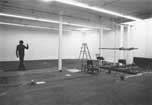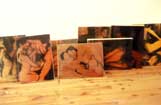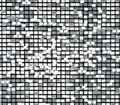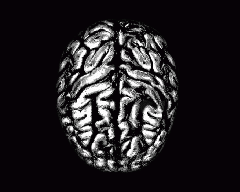| |
|||
| |
Variable
Pieces Structures. References. Algorithms June 5 – August 11, 2002 |
||
| |
|||
    
|
|||
| |
|||
|
Artists |
||
| |
|||
|
Opening Concert |
|||
| |
|||
|
The title of the exhibition refers to the concept art of the Seventies, to the “variable pieces“ by Douglas Huebler whose work was shown in the “situation concepts” exhibition that took place at the Galerie im Taxispalais in 1971. Variability was one of the general structural elements characterizing the context-specific practice of concept art. In this sense it forms the thematic framework for the 27 artistic pieces to be presented in the exhibition VARIABLE PIECES. Structures. References. Algorithms. From today’s perspective — looking back on the Sixties and Seventies — this project brings together pieces from the past four decades: from the early Sixties with works by Heinz Gappmayr, a concept artist of the first generation, to more recent pieces by younger artists. Within the broad spectrum of concept art that has emerged from the beginning the idea is to reveal lines of development and interrelationships between ideas, formal principles and thematic positions and to show how conceptual thinking has conquered and penetrated art on all levels. All of the participating artists have a direct or indirect relation to Tyrol, with a large number of them ranking among the top artists internationally. Without seeking to construct a genealogy, the exhibition here will present Innsbruck artists associated with the “avant-garde scene“ of the Seventies in attempt to sharpen the beholder’s gaze for the different approaches in artistic thought and work, for the transition resulting from the new media technologies and for the high quality that is so typical of these works. The artists shown here share an interest in
the formal aspects of modules, grids and patterns. Here form can
be used playfully to become a formula and vice versa. They have
all developed their formal structures and sign systems by means
of different references: writing and language, ornament, architecture,
natural science, urban and social contexts, etc. with the reference
to the specific givens of the forms of production and reception
playing a crucial role. Artistic production thus reflects its own
means and laws — be they of a formal, thematic or institutional
nature, while grasping its own reality in an abstract sense as an
interactive, performative scenario that is again and again constructed
in a different way. The construction of reality thus merges with
the reality of construction. The productive (and provocative) aspect of conceptual art and the approaches and formal solutions developed by the artists in “the exploration of modes of constructing reality“ (S.J. Schmidt) has to do with the fact that they merge with other disciplines. Yet given their unorthodox way of relating to them they arrive at completely new insights that are not accessible to science and at aesthetically, socially and ultimately also politically effective practices. |
|||
| |
|||
|
Catalog Catalogue Presentation |
|||
| |
|||
|
Symposium and Catalogue Presentation Panel
1 Panel 2 |
|||
| |
|||
|
Party Werner Möbius live |
|||
| |
|||
|
Georg Decristel, "Performance in San Francisco",
1978, s/w Foto |
|||
| |
|||
|